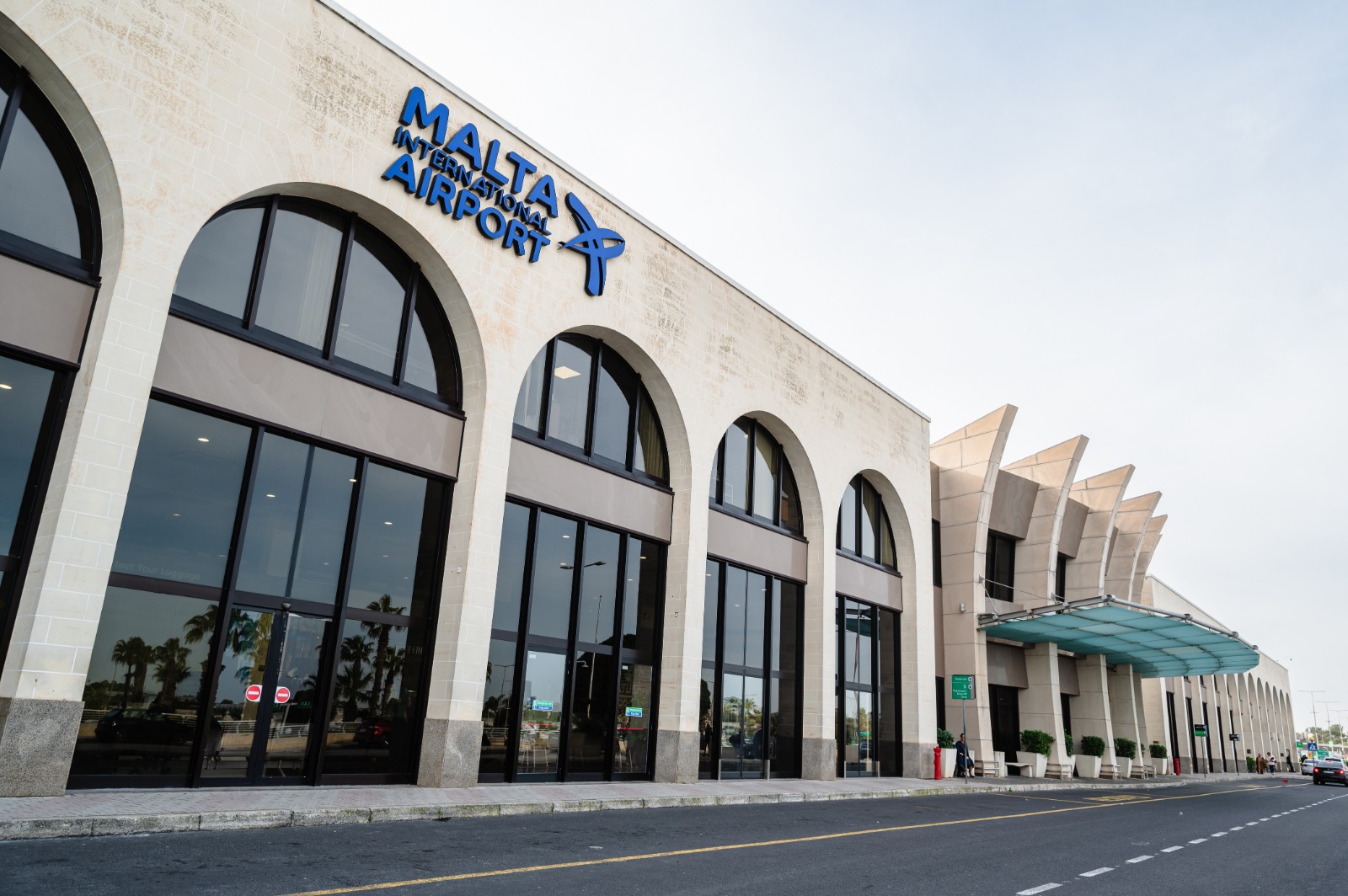Malta’s post-COVID-19 recovery depends heavily on the quick restoration of replacement of a signficant number of direct air connections lost during the pandemic, according to a policy note prepared by the Central Bank of Malta.
In 2005, Malta had 84 direct air connections but this had improved drastically by 2019 to 125. The improvement was also seen in terms of spread across countries, with Malta having direct flights to 27 countries in 2005, and 40 in 2019 – with Libya being the only destination to lose its connection during that period.
However, COVID-19 dealt air connectivity a significant blow: in 2020, over 50 direct connections were lost, with just around 70 remaining active. Those dropped included connections to large hubs such as Doha and Dubai, hindering indirect connectivity offered by these hubs, particularly to Asia and Australia.
Air connectivity plays a key role in facilitating economic development through various channels – such as the tourism and aircraft maintenance industries – as well as indirect and induced impacts – and those where connectivity acts as a catalyst. The relationship between air connectivity and the economy goes in both directions, as for example, the development of infrastructure such as airports provides an opportunity to promote exports (such as tourism), enhance business operations and productivity, as well as influence company location and investment decisions.
The policy note stressed that policymakers should strive to retain and improve connectivity to large hubs.
“While COVID-19 has wiped out a significant number of direct connections from Malta, including connections to important hubs, restoring such connections or establishing alternative ones, will be crucial for the economy to benefit from the eventual global recovery in a post-pandemic environment,” the note concludes.
• Long-term global air transportation is still expected to grow by 5% each year up to 2030 (European Commission, 2020).
• Aviation contributes significantly to the EU’s economy and labour market, supporting an estimated €300 billion, amounting to 2.1% of EU GDP (European Commission, 2020).
• 56% of companies (Healey and Baker, 2003) consider international transport links to be an essential factor for locating business in Europe.
• IATA (2005) showed that 18% of businesses’ past investment decisions were directly influenced by the absence of good air transport links, especially in high tech sectors.
• 28% of firms believe that innovation and investment in R&D would be negatively impacted by limited air connectivity.
• Over 43% of individuals (IATA, 2005) state that good air connectivity influences their decision on where to live and work.
CONNECTIVITY: KEY FINDINGS OF THE STUDY
There was a clear shift from network carriers to low-cost carriers over the period from 2005 to 2019. The passenger flow analysis, however, shows that links to important hubs and large airports – often exclusively served by network carriers – play a major role.
There are no direct connections to long-haul destinations, defined as those requiring a flight longer than six hours or which are more than 4,100 kilometres away. However, almost every country across all continents is just two flights away through 12 large hubs, highlighting the importance of connectivity to these hubs.
The study finds that airports served by network carriers are used by more passengers than airports served exclusively by low-cost carriers, making the former more important from an economic point of view. In 2019, 90 of the 125 connections were served, either exclusively or in part, by low-cost carriers. Meanwhile, only 37 connections were served solely by network carriers.
The share of passenger movements by low-cost carriers amounted to 49.3% of the total for 2016, while network carriers were responsible for 48.3% that year. The remaining passenger movements relate to other charter airlines operating to and from Malta.
These factors explain why large European hubs such as London Gatwick, London Heathrow, Rome Fiumicino, Frankfurt and Munich airports among others are intrinsically more important to the island than other low-cost connections across Europe.
The policy paper also analysed the activity levels of various airlines, a picture which has changed dramatically since 2005. In 2005, Air Malta was by far the most dominant airline operating from the Maltese islands, responsible for 57% of all passenger movements. Since the introduction of low-cost carriers in 2006, Air Malta’s share decreased significantly, standing at 28% in 2017.
For Ryanair, on the other hand, passenger movements rose from just 1% upon the airline’s commencement of operations from Malta in 2006 to 36% in 2017. The Irish airline went from two connections in 2006 to over 60 connections in 2019.
Lufthansa was responsible for 4% of total passenger movements, with its share remaining relatively stable since 2005, hovering between 3% and 5%.
Easyjet has not experienced the same growth as Ryanair, seeing its share decline to 5% in 2017.
Wizzair, on the other hand, commenced operations in 2013 and has increased its passenger movement share consistently, reaching 5% in 2017. Starting with a single route to Budapest, by 2019 the airline offered 10 destinations in seven countries.
Government introduces mandatory physical inspection for vintage vehicle classification
From 1st September 2025, vehicles seeking vintage status must undergo a physical inspection by the official classification committee
Local filmmakers paid just €250 to screen at Mediterrane Film
The figure stands in stark contrast to the estimated €5 million total spend
Malta International Airport closes in on one million passengers in June
Meanwhile, aircraft traffic movement rose by 4.5 per cent year on year






